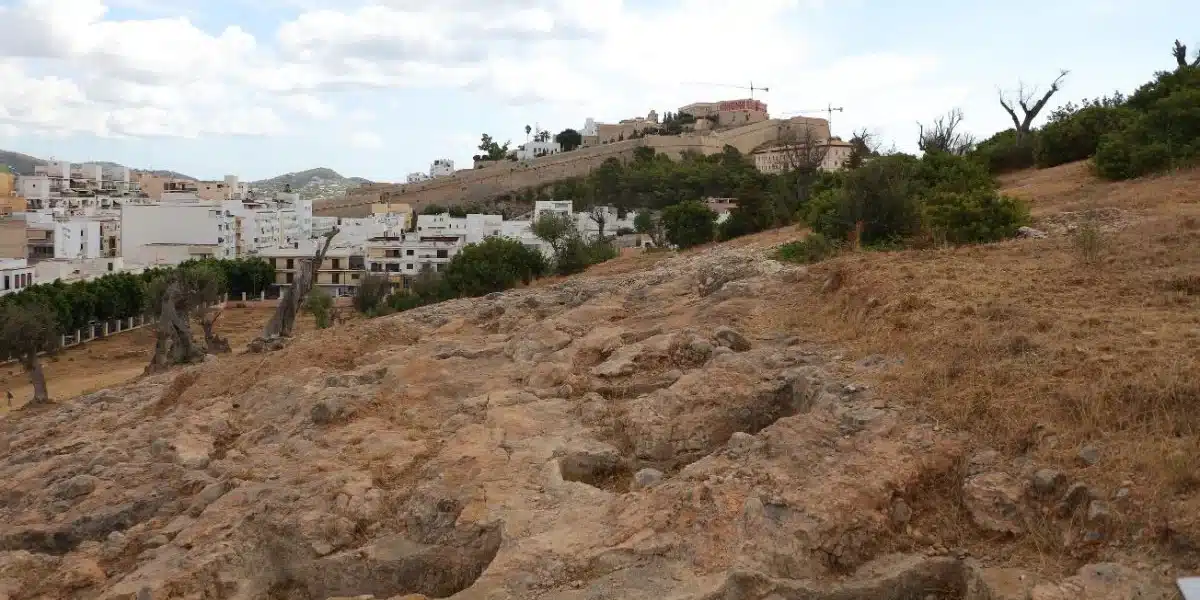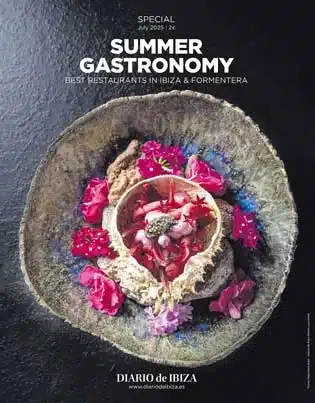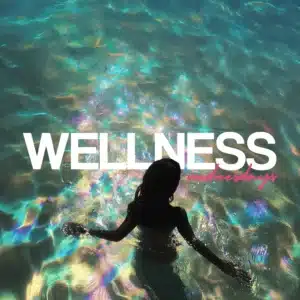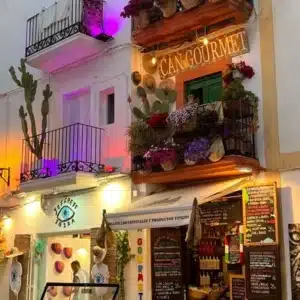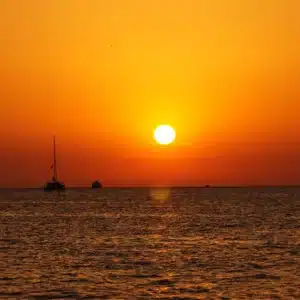Ibiza’s rich history, unique biodiversity, and cultural heritage have led to several sites being recognised as UNESCO World Heritage. In 1999, UNESCO designated four key elements on the island as World Heritage sites: the fortified old town of Dalt Vila, the Phoenician remains of Sa Caleta, the Phoenician-Punic Necropolis of Puig des Molins, and the underwater meadows of Posidonia Oceanica.
These elements reflect Ibiza’s deep historical roots and the importance of its natural environment, making the island a fascinating blend of culture and nature. Let’s explore each of these UNESCO World Heritage treasures in detail.
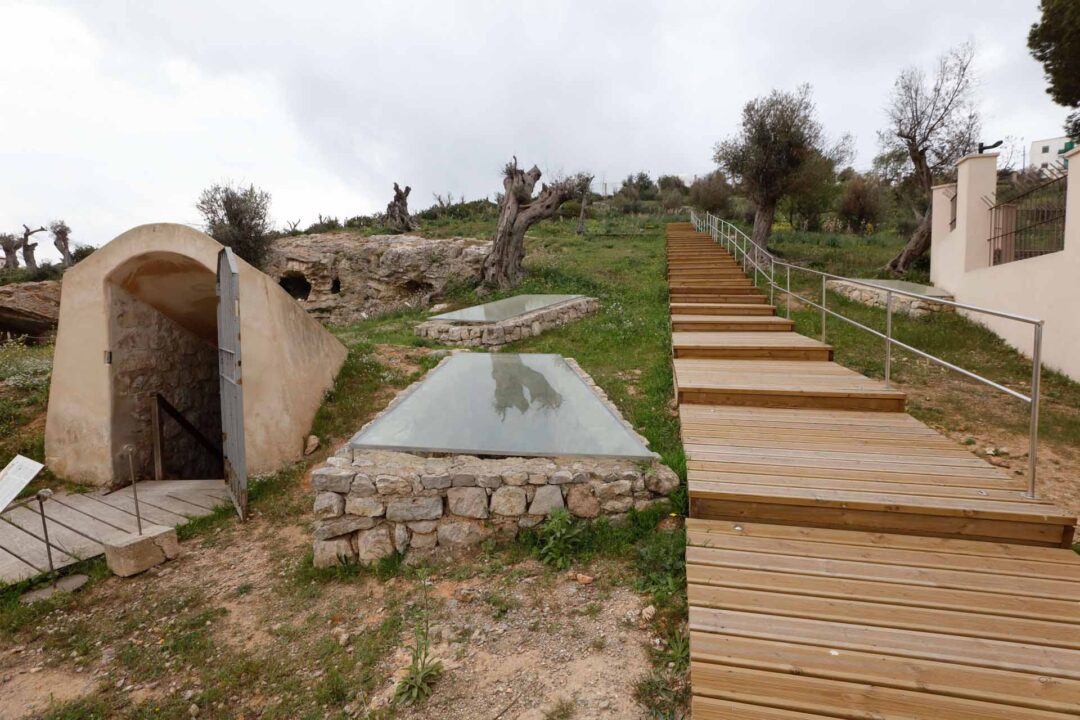
Dalt Vila: the fortified city
The fortified old town of Dalt Vila is perhaps the most visually striking UNESCO World Heritage site in Ibiza. Sitting atop a hill overlooking the Mediterranean, Dalt Vila is a testament to the island’s historical significance.
Its origins trace back to the Phoenician settlers, but the most notable features today are its Renaissance fortifications, which were built by Charles V of Spain in the 16th century. The walls were constructed to protect the island from pirate attacks and to strengthen the defence against the Ottoman Empire, which was expanding its influence in the Mediterranean.
UNESCO recognised Dalt Vila as a World Heritage site due to its historical importance as a cultural crossroads. Over centuries, Ibiza has seen influence from many civilisations, including the Phoenicians, Carthaginians, Romans, Byzantines, and Moors. The architecture within Dalt Vila reflects this mix, blending Roman, Gothic, and Renaissance styles in a compact area that is easy to explore on foot.
Visitors can wander through narrow cobblestone streets, visit ancient churches like the Cathedral of Our Lady of the Snows, or enjoy panoramic views from the bastions that surround the old town.
Sa Caleta: the phoenician settlement
The Phoenician site of Sa Caleta, located in Sant Josep on the south-western coast of the island, is another significant UNESCO World Heritage site. The Phoenicians were one of the first civilisations to settle on Ibiza, arriving in the 8th century BC. Sa Caleta was one of their primary settlements, and archaeological excavations have uncovered extensive remains of houses, workshops, and other structures from this era.
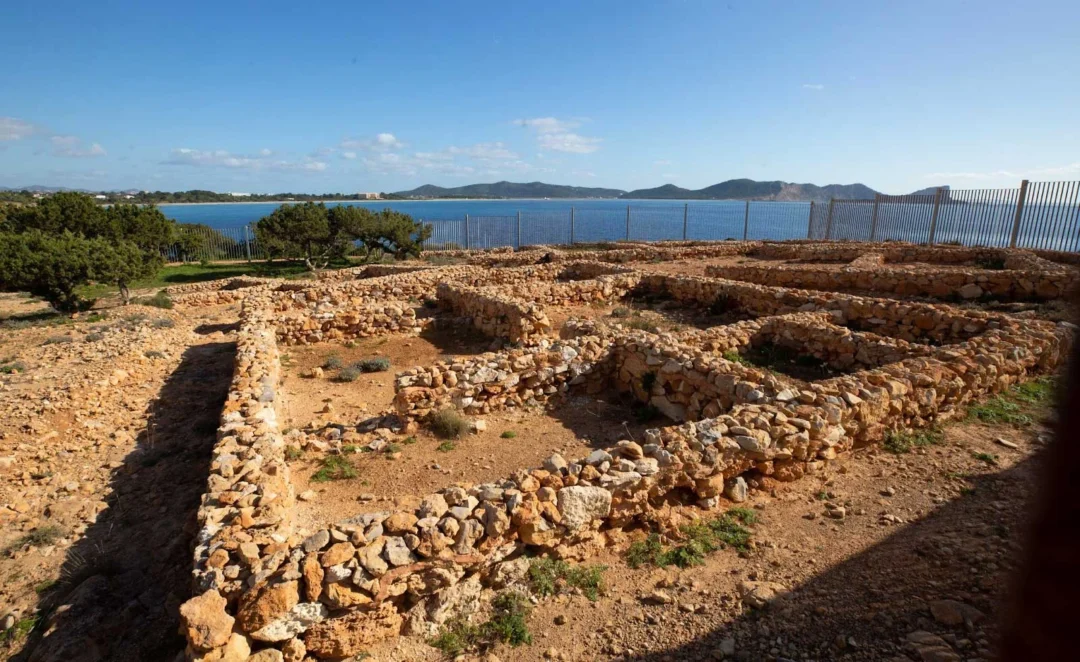
UNESCO granted Sa Caleta World Heritage status due to its exceptional preservation and the light it sheds on Phoenician colonisation in the Western Mediterranean. The Phoenicians chose Ibiza as a strategic location for trade and commerce, establishing Sa Caleta as a thriving community.
Today, the site provides insight into their daily lives, from their craftsmanship to their urban planning. The fact that this ancient settlement remains so well-preserved makes it an invaluable source of knowledge about early Mediterranean civilisations.
Puig des Molins: the phoenician-punic necropolis
Just a short walk from Dalt Vila lies another significant UNESCO World Heritage site: the Necropolis of Puig des Molins. This vast Phoenician-Punic cemetery dates back to the 7th century BC and is one of the best-preserved necropolises of its kind in the Mediterranean.
Over 3,000 tombs have been discovered at the site, many of which were carved into the hillside, creating a fascinating network of underground burial chambers.
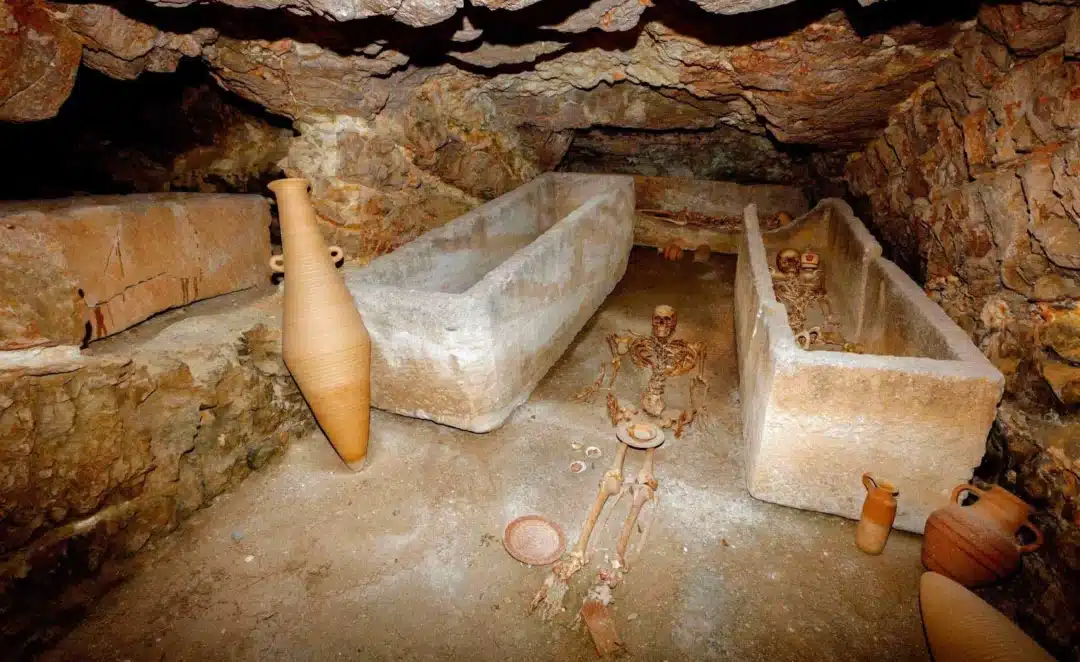
UNESCO recognised Puig des Molins for its importance in understanding Phoenician-Punic burial practices. The necropolis offers a unique insight into the funerary customs of these ancient civilisations, including their beliefs about the afterlife.
Many of the tombs contained grave goods such as jewellery, pottery, and amulets, which have been recovered and are now displayed at the nearby Archaeological Museum of Ibiza and Formentera. These artefacts offer valuable clues about the social hierarchies, trade networks, and spiritual beliefs of the time.
Posidonia Oceanica: the underwater meadows
While the historical sites of Ibiza are impressive, the island’s natural heritage is equally significant. One of the most unique aspects of Ibiza’s UNESCO World Heritage designation is the Posidonia Oceanica meadows that surround the island. These underwater seagrass meadows are considered one of the most important ecosystems in the Mediterranean, playing a crucial role in maintaining water clarity, preventing coastal erosion, and providing habitat for a wide variety of marine life.
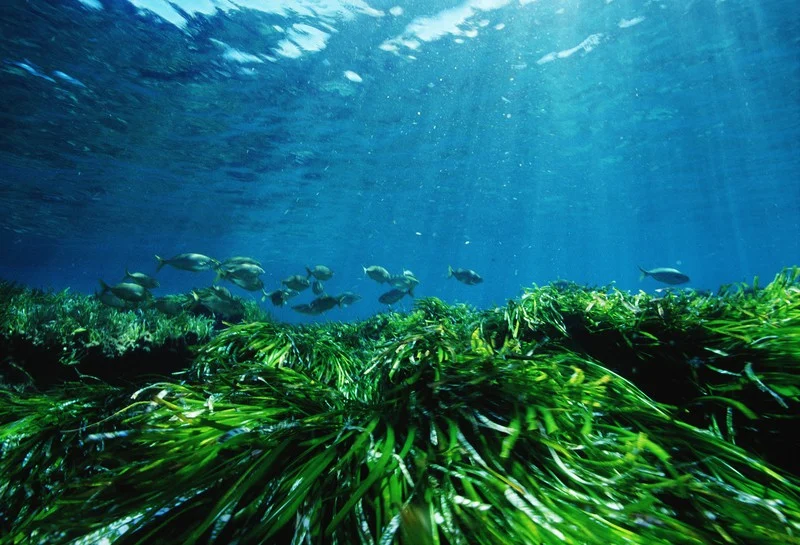
UNESCO recognised the Posidonia meadows for their outstanding ecological value. This seagrass is often referred to as the ‘lungs of the Mediterranean’ because it produces large amounts of oxygen and supports a diverse range of species. The health of Ibiza’s coastal waters is directly linked to the vitality of the Posidonia, which is under threat from pollution, boat anchoring, and climate change.
Preserving these meadows is critical not only for the marine environment but also for the sustainable future of Ibiza’s tourism industry.
UNESCO World Heritage are a glimpse into Ibiza’s past
The UNESCO World Heritage sites in Ibiza offer a fascinating glimpse into the island’s rich past and the importance of its natural environment. From the towering walls of Dalt Vila to the ancient remains of Sa Caleta, from the burial chambers of Puig des Molins to the underwater forests of Posidonia Oceanica, these sites are a testament to the enduring legacy of Ibiza’s cultural and ecological heritage.
Recognised by UNESCO in 1999, they stand as symbols of both the island’s historical significance and its ongoing commitment to conservation. By visiting these sites, travellers can appreciate the unique blend of history and nature that makes Ibiza much more than just a holiday destination; it is a living museum of the Mediterranean’s vibrant past.
